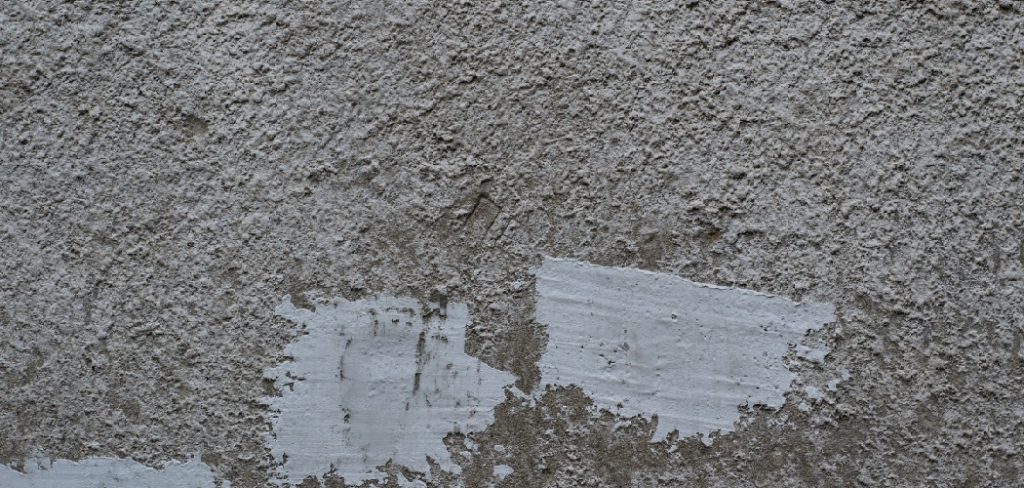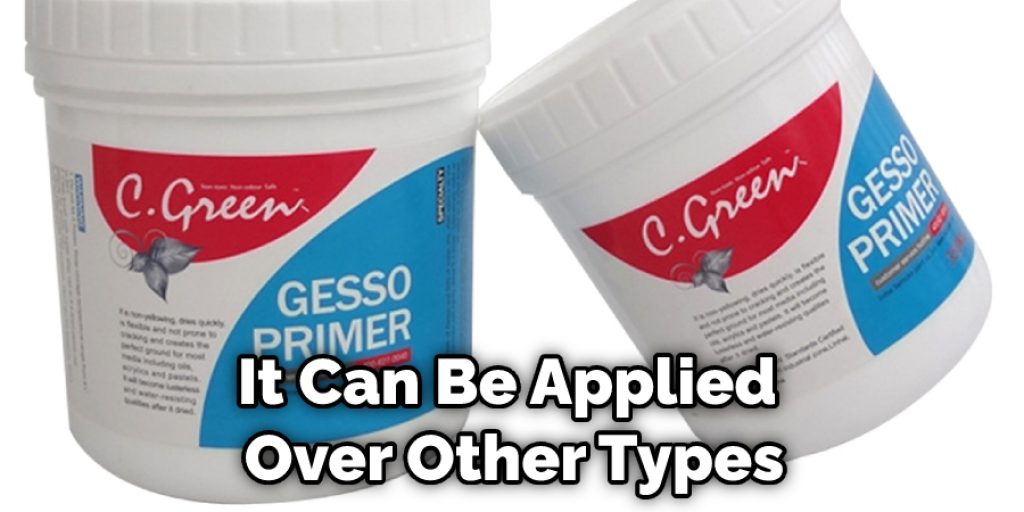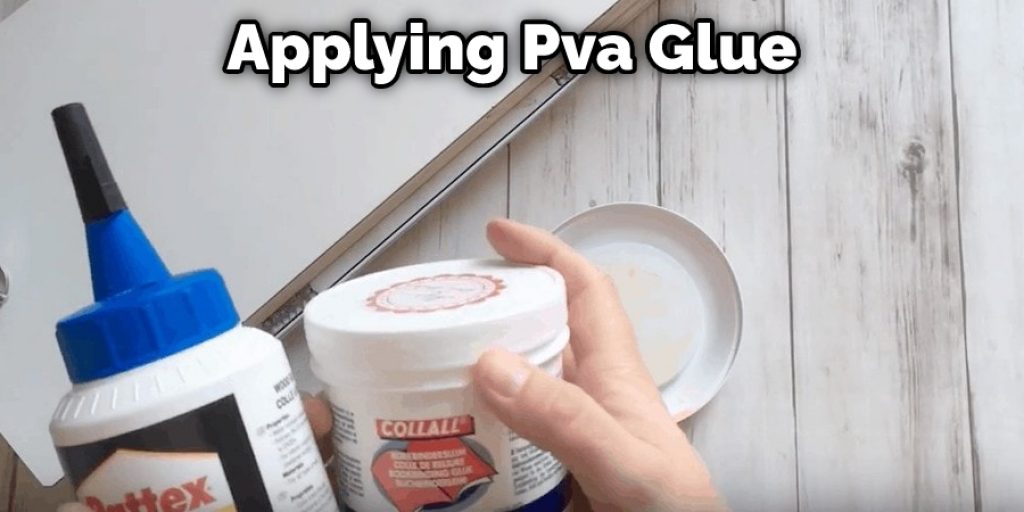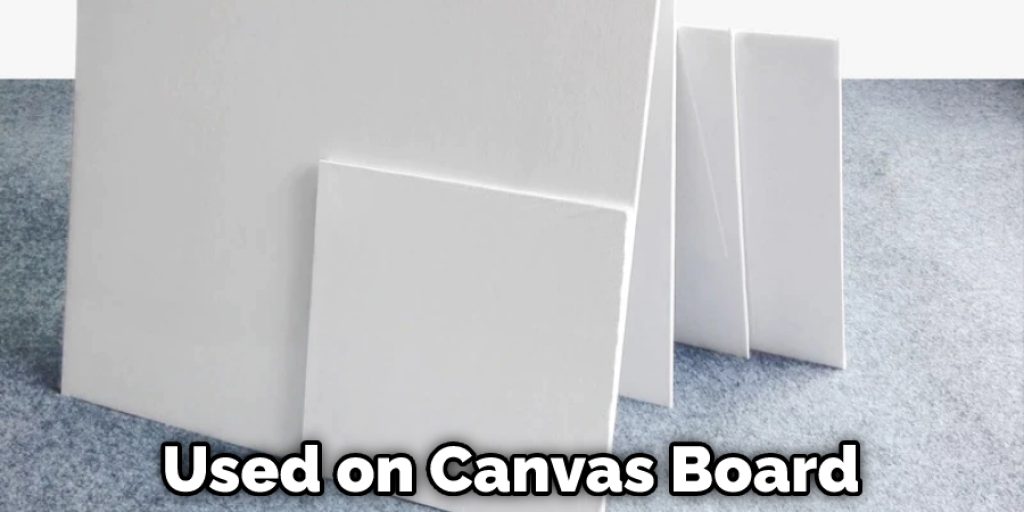How to Use Gesso for Texture
Have you ever looked at a painting and been mesmerized by the texture? How was the paint layered, creating an interesting depth and visual interest? The surface can add a lot of power to your paintings, and there are many different ways to create it.

Gesso is a white primer that can be applied to any surface to create a smooth surface for painting or drawing. It can also be used to add texture to your work. In this blog post, we’ll discuss one of the ways how to use gesso for texture. So read on to learn more!
What is Gesso
Gesso, often referred to as primer, is a white paint mixture used in making a surface smooth before another layer of paint can be applied. Gesso is commonly used in oil painting and in special effects work in modeling and movie effects. Gesso may also be used on canvas or textiles such as cloth, especially when the final product is painted.
Gesso contains a binder, filler and pigments, and additives such as flow-improvers and anti-skinning agents depending on the brand or type being used. The filler can vary from chalky minerals such as calcium carbonate to ground glass, and the binder can be either an acrylic polymer or an oil.
Different Types of Gesso
1. Acrylic Gesso:
The most common gesso is an acrylic-based paste. This means it is made of tiny particles of plastic suspended in water. You can use this type of gesso on its own or as a base coat for something with more texture, such as dry pigments. This is the easiest to find in art stores.
2. Oil Based Gesso:
This type of gesso is easier to work with when applying thick coats. It’s best used on a hard surface such as a wood panel. This type is harder to find than acrylic and not recommended for beginners.
3. Water Based Gesso:
Gesso is a type of paint used as a primer or a final product. It can be applied over other types of paint, so it doesn’t matter which one you use under it as a base. Unfortunately, it’s less popular than the other types of gesso and harder to find.

8 Ways on How To Use Gesso For Texture
1. Clean the Area Properly:
Gesso does not like dirt, grime, or dust, so you will need to clean the area before using it. Fortunately, gesso is easy to eliminate because it can be removed with water if necessary.
2. Get the Right Gesso:
There are different types of gesso available depending on the project you’re working on. For example, you can get gesso specifically for canvas painting or gesso intended for use on old oil paintings. Make sure you are using the right kind of gesso for your texture.
3. Use Two Coats:
Apply two coats of gesso to get the texture you want, allowing the first coat to dry before applying a second one. Of course, you can use more coats if you wish, but this will be unnecessary unless you are trying to create a specific type of texture.
4. Apply Gesso to Create texture:
Gesso can be applied in different ways to create different textures. For example, you can use a paintbrush, sponges, or even your fingers to get the desired effect. One common way is to coat about one-third of the area you are painting with enough gesso so that it becomes white when dry.
Once this layer dries, apply another coat in a different area with less gesso or in one spot for a larger area. You can also use your fingers to create texture by dabbing on the gesso so that it creates peaks.
5. Create texture on an Unfinished Surface:
If you are painting over wood, fabric, or any other unfinished surface, you may want to have the texture first so that the gesso does not sink into it. You can do this by applying PVA glue or wallpaper paste all over the area you will paint. Once the glue is dry, apply one coat of gesso and let this dry before applying a second coat if necessary.

6. Create Texture with Pumice Gel:
Pumice gel is another type of texturizing agent that you can use instead of gesso or it if desired. You can buy pumice gel at art supply stores, which comes as a light gray powder that you mix with water according to package instructions before using it for painting. The downside is that pumice gel can be quite messy, so you need to plan on cleaning the area after you are done.
7. Experiment:
You can test various techniques and textures by applying gesso in different ways and over different surfaces. For example, you might use a brush or your fingers to apply gesso dots in one spot for a creative texture. This is a good way to create an abstract painting.
A second approach might be to cover part of a canvas with layers of gesso to give it a base coat before painting over it.
8. Texture with Sand:
You can also use sand or other small objects like sequins to create texture. Just apply the sand over your base coat firmly enough to stick, but without covering too much of the area. You can also press objects into wet gesso to create different designs before adding more layers if desired.
What are The Benefits of Using Gesso
When painting with acrylics, gesso is the number one thing on hand. It can be used under any paint, including watercolor, oil, and pastel. Gesso helps create a texture on the painting surface, acting as an ideal primer to prepare your painting surface for acrylic paints.
It can be used on canvas board, illustration board, paper mache, styrofoam, wood (not porous), plaster (choose water-based gel type), cloth (test first), and more. It can be used as a sealer after painting, protecting your work of art. Also can be used to paint over mistakes or correct composition.

You Can Check It Out to Use a Texture Hopper
Conclusion
This blog post explored the many different ways you can use gesso in your artwork. Whether it’s for a painting or mixed media project, there are many inspiring ideas and techniques to explore.
After reading our article on how to use gesso for texture, we hope that you have learned something new about this versatile material and its potential applications in art-making. If not, please let us know what else interests you regarding crafting materials by leaving a comment below!




